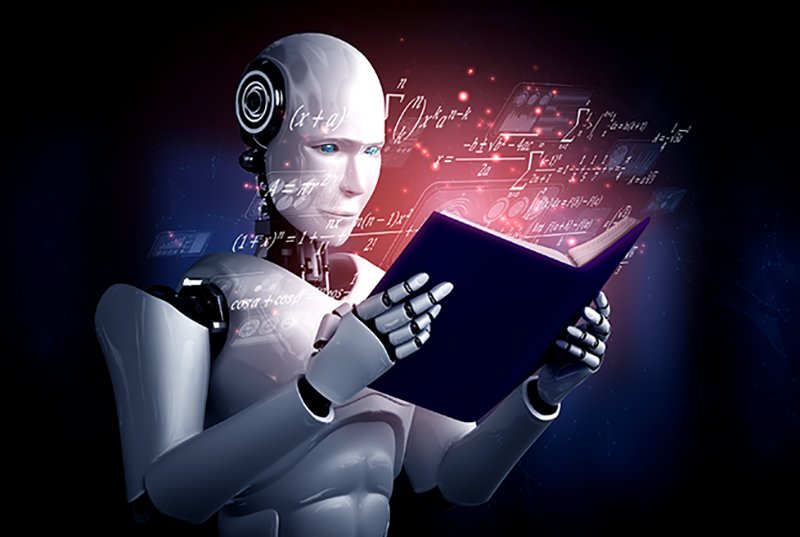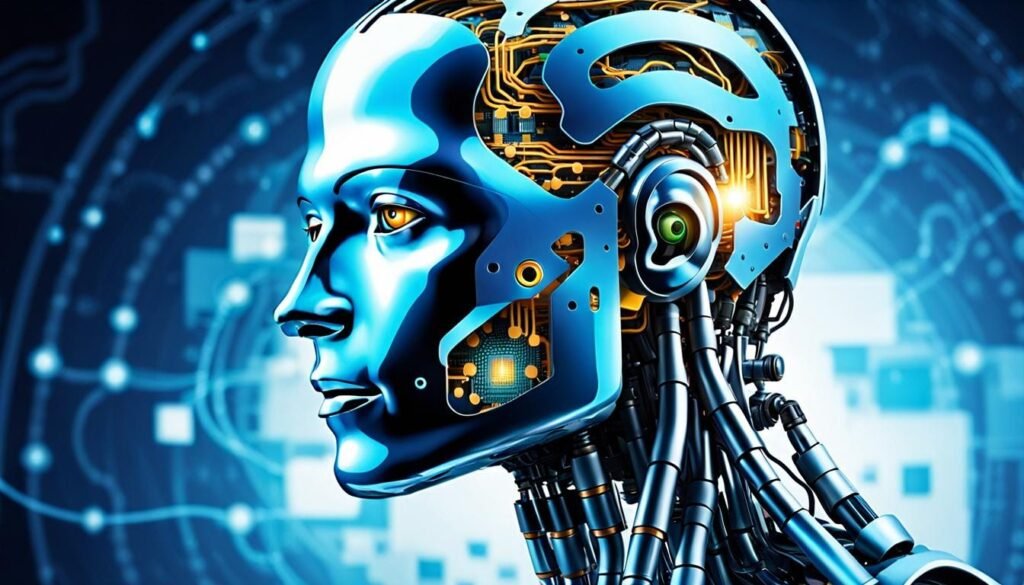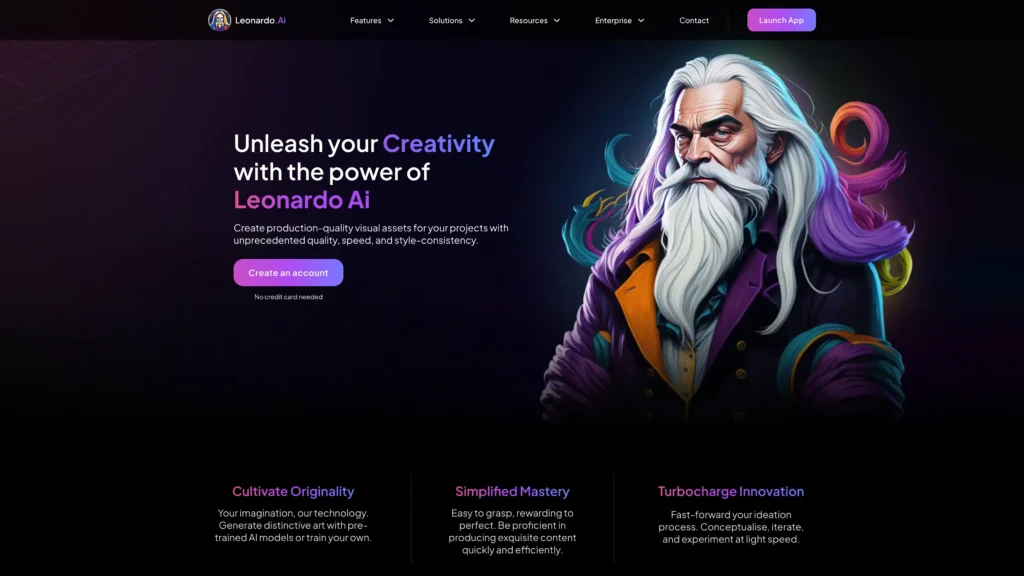How to Learn AI: Guide for Beginners
How to Learn AI: Guide for Beginners, Artificial Intelligence is disrupting industries, redefining business, and changing the face of innovation across all fields, including healthcare, finance and beyond. Technologies like self driving cars, virtual assistants, and, uses personalization in marketing have all been made possible by AI. With the growth of the world becoming more and more data driven, there is an exponential need for AI experts.
If you are new to AI and want to get your hands dirty starting with AI or want to improve your skills as a professional in this field, this guide will help you realize how to start learning AI and moving up through the ladder. How to Learn AI

Prerequisites for Learning AI
Basic Programming Skills
Before exploring into AI let me start with a strong foundation of programming. That being the case, Python is the most common language in which to be writing AI as it is simple and has a huge arsenal of libraries that help with machine learning, data science, and deep learning. If you’re new to programming, start by learning Python on platforms like:
Here are the starter Python courses — beginner friendly!
free Code Camp – teaches you coding for free.
Codecademy – Offers beginner-friendly Python courses
What is more, you should know how deal with data structures like arrays, lists and dictionaries and some object oriented programming concepts.
Mathematical Foundations
Mathematics is important to the use of AI and machine learning. You don’t need to be a math expert, but a basic understanding of certain areas is crucial:
Matrices and vectors – fundamental to machine learning, which we will handle with linear algebra.
Algorithms: decision trees, Bayes classifiers etc. Probability and statistics required to understand them.
A little bit of calculus – crucial to comprehend how neural networks function and the way in which backpropagation is used in deep studying.
Khan Academy and MIT OpenCourseWare supply free courses to help you reinforce these mathematical skills.
Problem solving with Algorithms and Data structures
AI is made up of algorithms the way bricks are made from blocks and knowing how algorithms are used is key to constructing the right AI models. You should be familiar with typical AI algorithms used to sort and search, and with data structures such as trees, graphs, and queues. Practicing these skills is made possible by platforms such as LeetCode and GeeksforGeeks.
Familiarity with Data Science
One basic piece of understanding that I think makes sense for anyone involved in applying AI is knowledge of data science, since AI tends to involve working with data in large quantities. For data handling you’ll have to use tools like pandas and for data visualization libraries like Matplotlib and Seaborn. It will help you ready for building machine learning models, data patterns.
Core Concepts in AI
Machine Learning (ML)
AI is built on machine learning. It is a process of teaching machines how to learn with data and decide based on the patterns. There are three main types of machine learning:
Supervised Learning: It is trained on labeled data. The examples of linear regression and classification tasks.
Unsupervised Learning: The source of continuous data is not labeled so the algorithm learns from it to find patterns using unlabeled data. For example, clustering and association tasks.
Reinforcement Learning: The algorithm learns by interacting with an environment, and receiving feedback (reward or penalty).
Key Algorithms: Some of the most popular algorithms include linear regression, decision trees, support vector machines and neural networks.
Deep Learning
Machine learning itself consists of deep learning as a subset and uses neural network with many layers (hence net deep learning). Breakthroughs in image recognition, natural language processing (NLP) and even in game playing AI like AlphaGo are made possible by it. Deep learning is mainly used for TensorFlow and PyTorch frameworks.
Natural Language Processing
The ability of NLP to make machine understand and interact in human language. Some application of NLP is chatbot, translation tool, and sentiment analysis. Working with text data and building language models are much easier specially there are libraries such as NLTK, SpaCy and Hugging Face.
Computer Vision
AI field computer vision teaches the machine to understand and interpret the images and videos. Applications include facial recognition, medical imaging, and autonomous vehicles. Building computer vision model is now possible with tools like OpenCV and TensorFlow.
AI Ethics and Bias
The more AI permeates society, the more discussion about its ethical impact needs to happen. These unfair or harmful outcomes from bias in AI models have been particularly notable in realms like hiring, policing, and healthcare. Being able to understand AI ethics is to ensure that AI applications are being built ethically.

Learning Paths to Master AI
Self-Paced Online Courses
Online courses are the most easiest way to learn AI. Structured learning paths offered on many platforms are either free or paid. Some top recommendations include:
Coursera: First off, they offer courses such as Andrew Ng’s Machine Learning and his Deep Learning Specialization.
edX: It has many of that top university’s courses, i.e. from Harvard and MIT.
Udemy: They have a number of courses on different AI topics and a lot of them are fairly cheap.
Bootcamps and Certifications
If you’re interested in intensive, structured learning, AI bootcamps are the option for you. Usually, these bootcamps are meant to teach you AI skill in a short period of time (3–6 months) with certification for the job you had in mind. Known bootcamps include Udacity AI Nanodegree, Springboard AI Bootcamp and DataCamp.
Formal Education
AI has become so rich and widespread, that many universities are now offering AI specific degree programs or concentrations. If you want a deep understanding about AI, then enrolling into a Master’s or a PhD in AI or Machine Learning course may help. Besides, you can get more aware and skillful in research projects you participate in while your formal education.
Learning & Open Source Contributions in the Community
Hands on learning in AI is important, and communities such as Kaggle and GitHub are great places for that. Competition is a good place to build AI models on real world datasets with Kaggle; for open source AI projects, GitHub hits the spot. It’s a great way to learn from the projects others are contributing to and build a portfolio.
Learning AI with Tools and Libraries
Programming Languages
Python: The language that is the most popular for AI because it’s so simple and because there are so many AI libraries for it.
R: Often it is used in statistical analysis and machine learning.
Julia and Java: Some of these languages are also used in some of the AI applications.
AI Frameworks and Libraries
TensorFlow: It is an open source library developed by Google, used mainly to do machine learning & deep learning.
PyTorch: It’s developed by Facebook, and it is favored for its flexibility and ease of use by researchers.
Scikit-learn: Popular library for conventional machine learning algorithms.
Keras: It is a high level neural networks API—the most commonly used with TensorFlow for deep learning.
Cloud Platforms
Cloud based tools for building and deploying AI models are offered by cloud paths such as Google AI, Microsoft Azure and Amazon Web Services (AWS). However, they allow you to gain access to powerful computing resources.

Building AI Projects
Beginner Projects
Classification Models: To begin building simple models like house price prediction using the linear regression or classifying flower using iris dataset.
Text Classification: We work with NLP techniques to build a sentiment analysis model capable of detecting that a review is positive or negative.
Intermediate Projects
Chatbots: How about build a simple chatbot using NLP libraries like NLTK or SpaCy.
Image Classification: Therefore, create a model in computer vision that can recognize objects in images by an example such as image digit recognition of handwritten digit from the MNIST dataset.
Advanced Projects
Generative Models: Become able to model a deep learning model that yields new images or text (e.g. GANs for image generation).
Reinforcement Learning: Train the AI to play video games, sort of develop algorithms which can decide the incentives or rewards to take, for example.
Showcasing Your AI Projects
If you’ve built a few AI projects, you’ll want to document them and showcase them. Upload your code to GitHub, create a portfolio website explaining how you built your projects and write blog posts about each of them in a month. In doing so, you’ll appear more appealing when applying for AI related jobs.
Challenges and Best Practices For Learning AI
Common Challenges
Handling Large Datasets: Working with large, complex datasets is one of AI’s biggest challenges, but not for all of the right reasons. Some thing worth learning how to preprocess the data, handling missing values, and how to deal with imbalanced data.
Model Tuning: Training AI Models to become fine sharp requires effort. Hyperparameters will have to be experimented with, along with optimization techniques.
Best Practices
Focus on Practical Learning: Although theory is easy, hands on practice is the only way you are going to learn this the fastest. Do regular work on small projects to use what you learned.
Stay Consistent: AIs a big topic to learn so break down your learning into bite size bits. Over time mastering it is based on consistency.
Keeping Up with AI Trends
Follow AI Research
Read AI research papers from platforms such as ArXiv and Google Scholar. Watch influential companies, like OpenAI, DeepMind, and Google Brain collaborate with AI researchers.
Go to AI Conferences and AI Webinars
Attending AI conferences like NeurIPS, ICML, and CVPR will provide you a bird’s eye view on AI research. The other source of learning is webinars and online meetups with industry leaders as well.
Adios, AI Newsletters and Blogs
Learn about the latest forward progress in AI by subscribing to AI newsletters and following the most popular blogs. We have The Batch (by DeepLearning.AI), Towards Data Science, and AI Weekly amongst some great resources.
Also Read:


